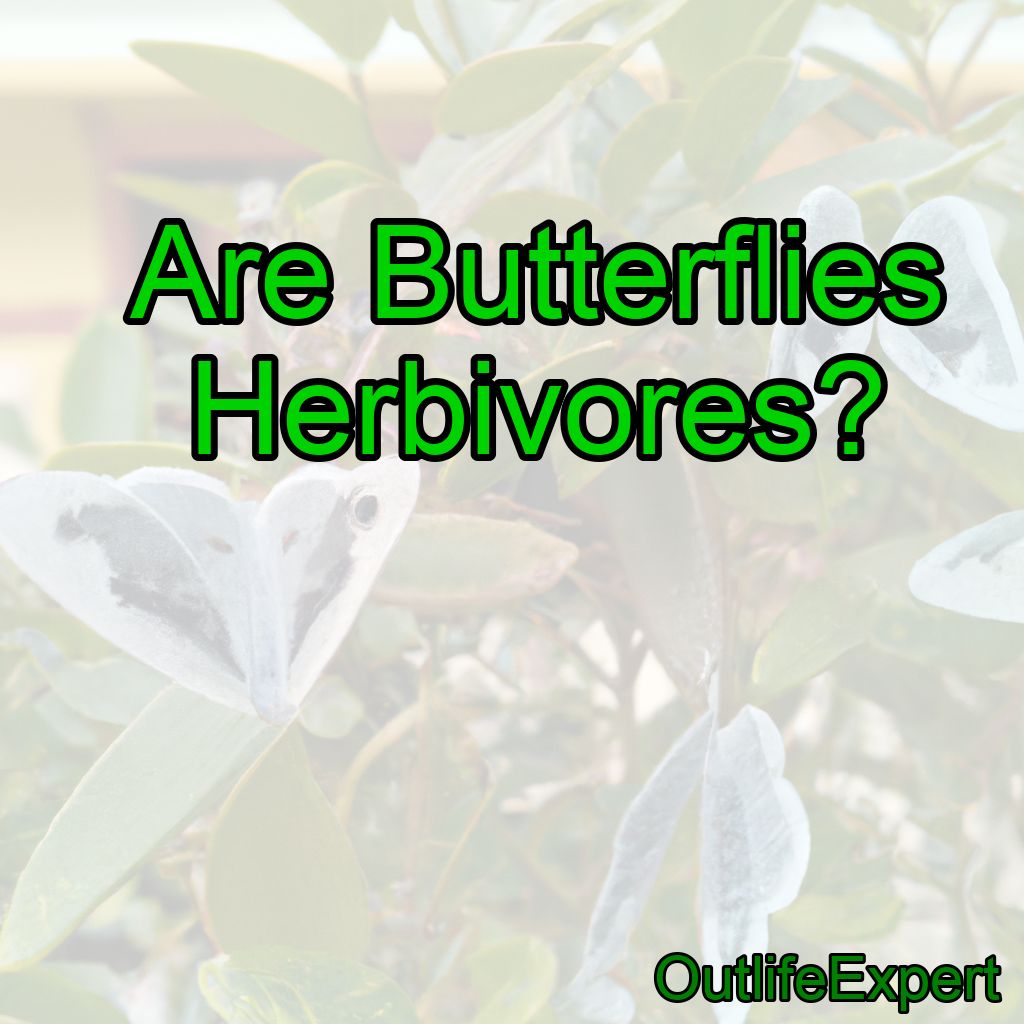Contents
Introduction to Butterflies
Butterflies: A Quick Overview
Butterflies are beautiful, delicate insects that belong to the order Lepidoptera, which also includes moths. They are known for their vibrant colors and unique patterns on their wings, which they use for flight and as a means of communication. Butterflies undergo a process called metamorphosis, which consists of four stages: egg, larva (caterpillar), pupa (chrysalis), and adult (butterfly).
The Importance of Butterflies
Butterflies play a crucial role in the environment as pollinators, helping plants to reproduce by transferring pollen from one flower to another. They also serve as a food source for many animals, including birds, bats, and other insects. Additionally, butterflies are indicators of a healthy ecosystem, and their presence is often used to assess the health of an environment.
Butterfly Diets Through Their Life Cycle
Caterpillar Diet: Voracious Plant Eaters
During the caterpillar stage, butterflies are indeed herbivores. They feed on the leaves and other parts of the host plants on which their eggs were laid. Caterpillars are voracious eaters, consuming large amounts of plant material in a short period to fuel their rapid growth and development.
Some caterpillars have specific host plants, while others are more generalists, feeding on a variety of plant species. For example, the Monarch caterpillar feeds exclusively on milkweed plants, while the Painted Lady caterpillar can feed on a range of plants, including thistles, mallows, and nettles.
Adult Butterfly Diet: Nectar and More
As adult butterflies, their diet changes from plant-based to a primarily liquid diet. The primary source of nutrition for adult butterflies is nectar from flowers. Nectar is a sweet, sugar-rich liquid produced by plants to attract pollinators like butterflies, bees, and hummingbirds. Butterflies have a long, coiled proboscis that they use to reach the nectar deep within flowers.
In addition to nectar, adult butterflies may also consume other liquids, such as tree sap, fruit juices, and even animal dung and carrion. These additional sources provide essential nutrients, like salts and amino acids, that are not found in nectar.
Butterfly Feeding Strategies
Puddling: A Unique Feeding Behavior
Some species of butterflies, particularly males, engage in a unique feeding behavior called “puddling.” Puddling involves sipping mineral-rich water from damp soil, mud, or even animal dung. The minerals, particularly sodium, are essential for butterfly reproduction and are passed on to females during mating.
Aggressive Mimicry: A Deceptive Strategy
Some butterflies employ a fascinating strategy called aggressive mimicry to deter predators or gain access to feeding sites. For example, the Viceroy butterfly closely resembles the toxic Monarch butterfly, which deters predators from attempting to eat them. This strategy allows the Viceroy to benefit from the Monarch’s unpalatability without producing its own toxins.
How Butterflies Locate Food
Vision and Smell: Key Senses for Finding Food
Butterflies primarily rely on their vision and sense of smell to locate food sources. They have large, compound eyes that are sensitive to color, particularly reds, oranges, and yellows. Studies suggest that butterflies can see a broader spectrum of colors than humans, including ultraviolet light.
In addition to vision, butterflies use their antennae to detect the scent of nectar and other food sources. They have sensory hairs on their antennae that can pick up chemical cues from the environment.
The Role of Flowers: Color and Scent
Flowers play a crucial role in attracting butterflies to their nectar. Many flowers have evolved bright colors and strong scents to attract pollinators like butterflies. Some plants even produce ultraviolet patterns on their petals, which are visible to butterflies but not to humans. These patterns act as a sort of “nectar guide,” directing butterflies to the nectar source within the flower.
Butterfly Adaptations for Feeding
The Proboscis: A Specialized Feeding Tool
The butterfly’s proboscis is a highly specialized feeding tool, perfectly adapted for sipping nectar from flowers. The proboscis is a long, flexible tube that can be extended to reach deep within flowers and coiled up when not in use. The tip of the proboscis has tiny, hair-like structures called pseudotracheae that help to draw nectar up into the butterfly’s mouth.
Wing Coloration: Camouflage and Communication
Butterfly wings are covered in tiny scales that give them their vibrant colors and patterns. These colors and patterns serve multiple purposes, including camouflage, communication, and thermoregulation. In some cases, the colors of a butterfly’s wings can help it blend in with its surroundings, making it difficult for predators to spot them while they feed. In other cases, the colors and patterns can serve as a warning to potential predators that the butterfly is toxic or unpalatable.
Conclusion: Are Butterflies Herbivores?
In conclusion, butterflies are herbivores, with their diets consisting mostly of plant material throughout their lives. Here are ten fascinating facts about butterfly diets and feeding habits:
1.Butterflies are herbivores, feeding on plants throughout their life cycle.
2.Caterpillars are voracious plant eaters, consuming large amounts of plant material to fuel their rapid growth.
3.Adult butterflies primarily feed on nectarfrom flowers.
4. Butterflies may also consumetree sap, fruit juices, and even animal dung and carrionfor additional nutrients.
5. Some species of butterflies engage in a unique feeding behavior called“puddling.”
6. Some butterflies employ aggressive mimicry to deter predators or gain access to feeding sites.
7. Butterflies primarily rely on theirvision and sense of smellto locate food sources.
8. Many flowers have evolved bright colors and strong scents to attract pollinators like butterflies.
9. The butterfly’sproboscisis a highly specialized feeding tool, perfectly adapted for sipping nectar from flowers.
10. Butterflywing colorationserves multiple purposes, including camouflage, communication, and thermoregulation.
FAQs
Do butterflies eat any animals?
No, butterflies do not eat any animals. They primarily feed on nectar from flowers and occasionally drink tree sap or rotting fruit for additional nutrients.
Are any butterflies carnivores?
No, butterflies are not carnivores. They are herbivores and feed on nectar from flowers.
Does a butterfly eat meat?
No, butterflies do not eat meat. They primarily feed on nectar from flowers and some species also consume tree sap and rotting fruit.
What else do butterflies eat?
Butterflies primarily feed on nectar from flowers, but some species also feed on tree sap, rotting fruit, and animal dung.
Are butterflies herbivores or omnivores?
Butterflies are herbivores as they only feed on nectar from flowers and other plant-based sources.
Is A butterfly A Predator or a Prey?
A butterfly is typically considered prey for predators such as birds and spiders.




